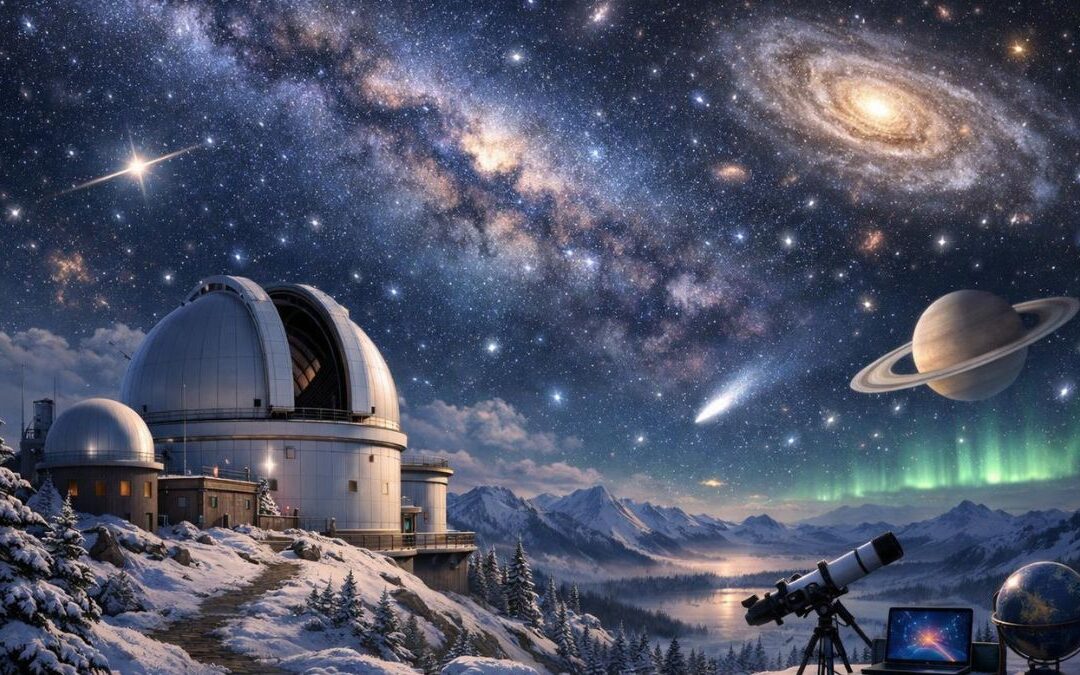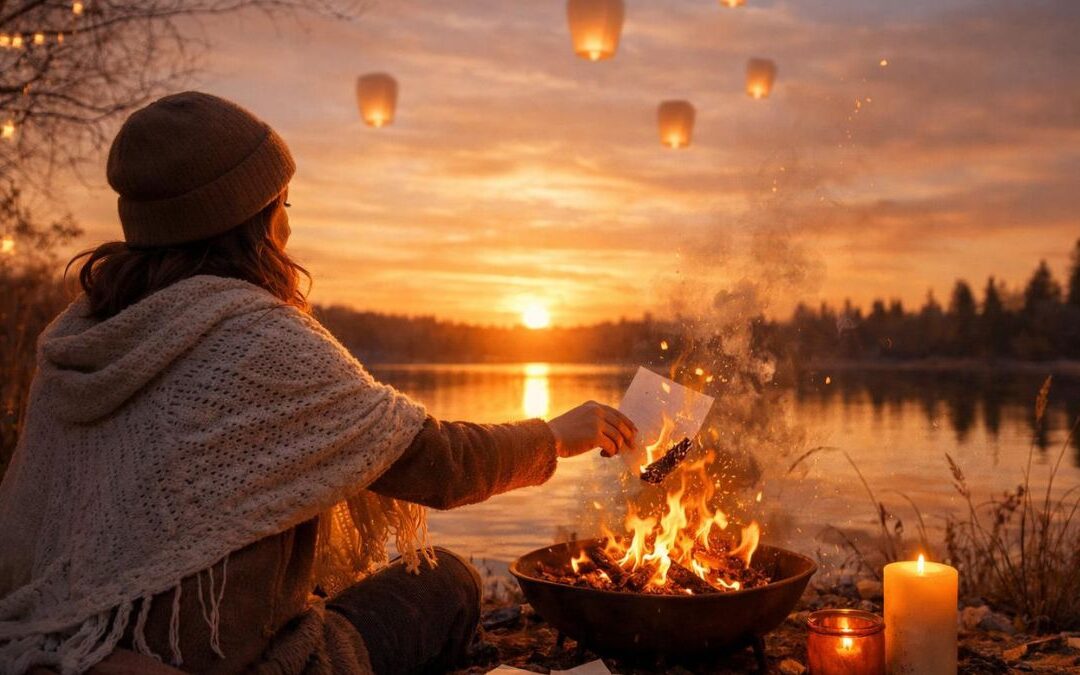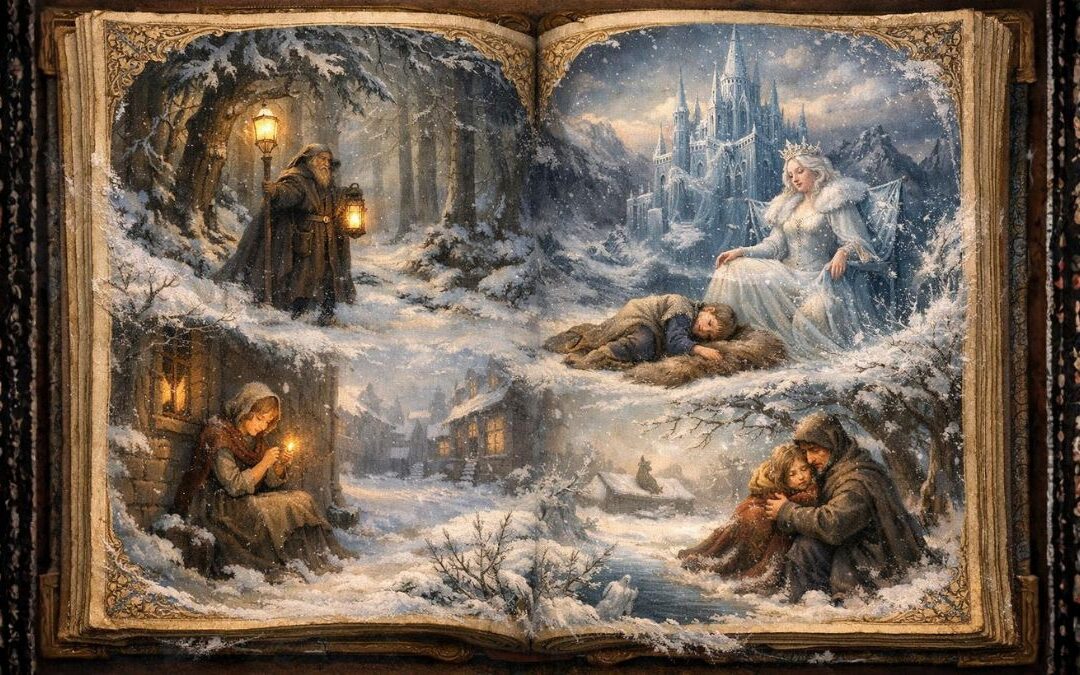SparkCast Episode
The SparkCast episode is not just a reading of the article below; it’s a lively discussion based on the topic of the article, so you don’t want to miss it!
Have You Ever Felt the Turn of the Year in Your Bones?
There’s a moment in deep June when the evening light stretches on forever, as if the day never wants to end. And there’s a moment in the heart of December when you notice, for the first time, a tiny sliver of extra daylight, a promise that the darkness won’t last. These powerful turning points of the year are marked by a single, beautiful word: solstice. It’s a word that connects us to the grand rhythms of the cosmos, to our most ancient ancestors, and to the cycles of our own lives.
A Day the Sun Stands Still
To understand the power of the word, we have to look at its origin. “Solstice” comes from the Latin solstitium, which literally means “sun-standing.” And that is a perfect description of what happens. Because of the Earth’s tilt on its axis, from our perspective, the sun spends half the year moving higher in the sky each day, and the other half moving lower. The solstice is the day that journey reaches its absolute peak or its lowest point. For a few days, the sun’s position at noon barely seems to move at all. It “stands still” before reversing its course.
The Two Great Peaks: Summer and Winter
There are two solstices, each a mirror image of the other, each with its own unique energy.
- The Summer Solstice (around June 21st in the Northern Hemisphere) is the longest day of the year. It’s the moment of maximum light, a celebration of life, abundance, and peak energy. It’s nature in full bloom.
- The Winter Solstice (around December 21st) is the shortest day and longest night of the year. It marks the peak of darkness, a time for rest, reflection, and turning inward. But more importantly, it holds the promise of return. From this day forward, the light begins its slow, steady journey back.
A Party Thousands of Years in the Making
For as long as we have been human, we have been watching the sun. The solstices weren’t just casual observations; they were sacred events that governed life, agriculture, and ritual. Ancient cultures built breathtaking monuments, like Stonehenge in England and Newgrange in Ireland, which are perfectly aligned to catch the rays of the solstice sunrise or sunset. These days were times of massive celebration or solemn ceremony, marking a profound turning point in the natural and spiritual world. When you mark the solstice, you are participating in a tradition that is tens of thousands of years old.
A Metaphor for Your Own Life
The real beauty of the word “solstice” today is its power as a metaphor. We all have solstices in our lives. We have moments of peak summer—times of great joy, success, and celebration. The solstice reminds us to savor them, to soak in the light. We also all have moments of long, dark winter—times of grief, struggle, or uncertainty. The Winter Solstice teaches us a powerful lesson in hope: even in the moment of greatest darkness, the return of the light is not just possible, it is guaranteed. It is the natural order of things. The sun always comes back.
How do you like to mark the turning of the seasons, whether it’s the solstice or another personal tradition? Share your rituals in the comments below!
Deep Discussion Questions:
- Which solstice—summer or winter—do you feel a stronger personal connection to, and why?
- Think of a “winter solstice” period in your own life. How did you get through it, and what did you learn from the experience of the “light’s return”?
- If you were to create a new, modern tradition for celebrating a solstice, what would it involve?
Speaking Challenge:
Choose either the summer or winter solstice. In 60 seconds, describe the feeling and meaning of that day to someone from a culture that doesn’t traditionally celebrate it. Use vivid, sensory language.
Hint for English Learners: Focus on adjectives and sensory details. For summer: “warm, endless, vibrant, buzzing with life.” For winter: “still, crisp, quiet, cozy, a feeling of hopeful waiting.” This is great practice for painting a picture with your words.











0 Comments